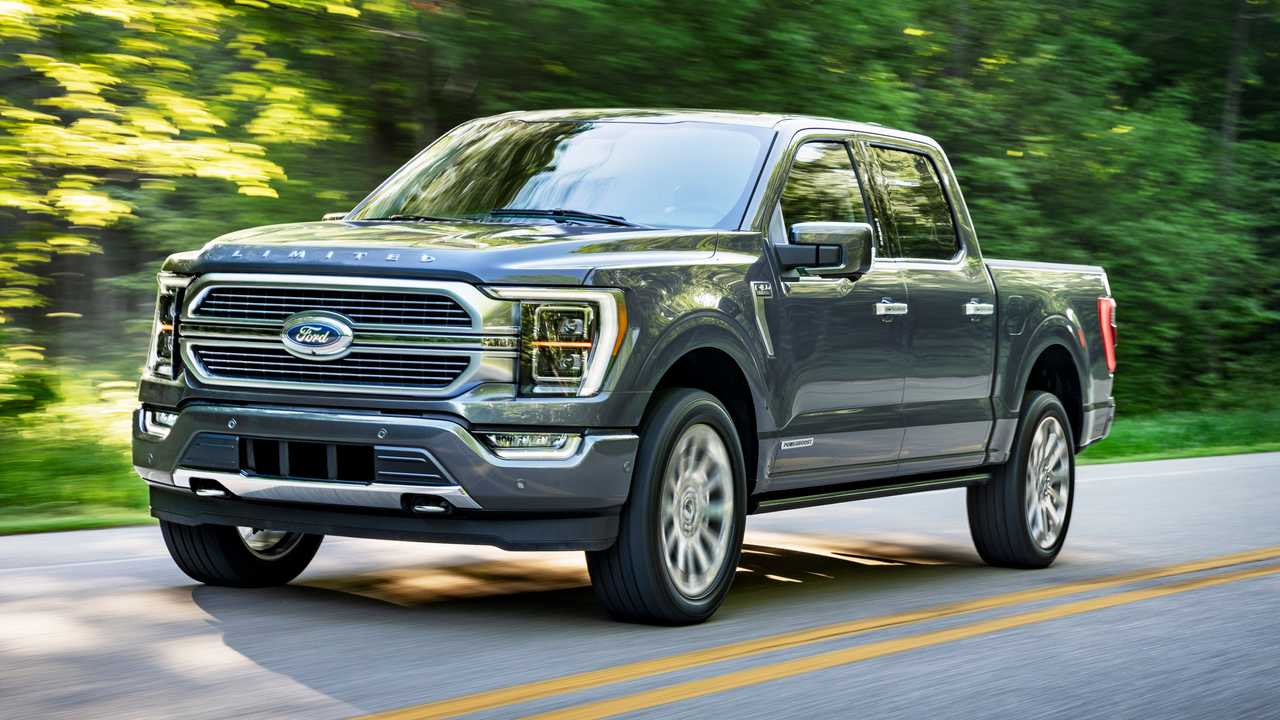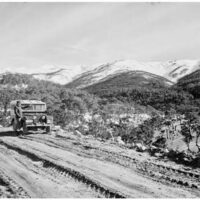[soundcloud url=”https://api.soundcloud.com/tracks/317767710″ params=”auto_play=false&hide_related=false&show_comments=true&show_user=true&show_reposts=false&visual=true” width=”100%” height=”450″ iframe=”true” /]
As a wee young fellow, I remember the E-Type Jaguar when it was still being sold right up to 1975.
Of course it has had a lasting impact on the world of style and fashion.
The Museum of Modern Art acquired one in 1996. The press release in April 1996 said
Although the car was introduced more than thirty years ago and production ceased in 1974, the sleek, bullet-like shape of the Jaguar E-type continues to be one of the most influential and imitated styling forms in sports car design.
…It was conceived by Jaguar to be the synthesis of a competition racer and an everyday-use car.
How does a car company keep the image alive?
When Ford owned Jaguar, they tried to revive the nostalgia for the classic Mark II when they released the S type in 1999. It was instantly recognised as a Jaguar but only last ten years mainly because it felt like a Ford.
The latest Jaguar F-Type sports car that we have test with great delight has some wonderful cues to the E-Type.
But there is another way to ensure that the classic E-type maintains its presence in the culture of today and into the future. Get the factory to rebuild old ones with loving care.
This is what Jaguar has done.
James Scrimshaw is the Manager of Product – Public Affairs for Jaguar Land Rover Australia and he joins us on the line.
Originally aired on 15 April 2017. For past programs and individual segments visit www.drivenmedia.com.au






